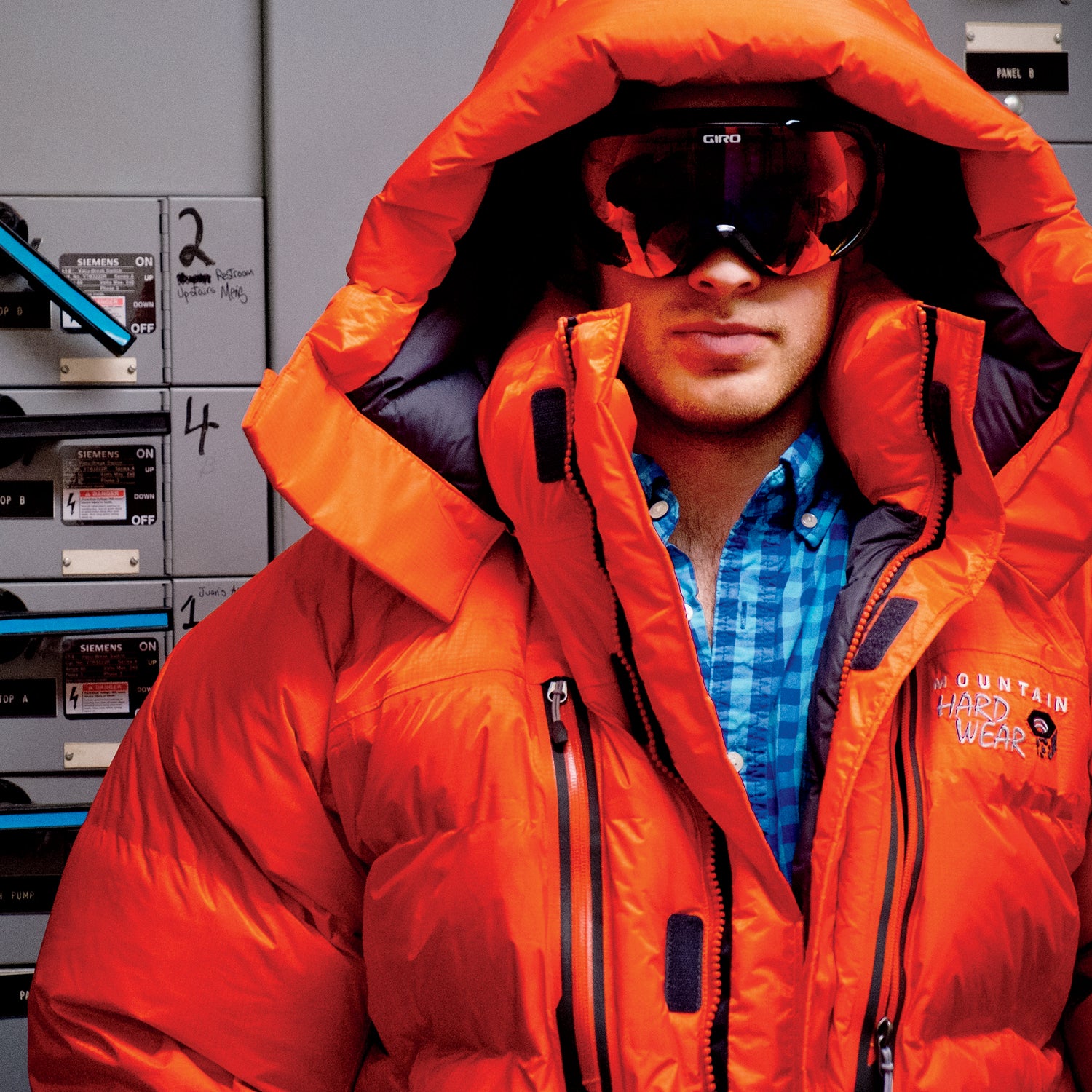Ready to transform your career? These brave souls made some drastic changes—and they haven't looked back since.
How to Find Your Dream Job
Sounds daunting, but we broke it down into an eight-step program that'll show you how to find your calling—and turn it into a paying career.100 Perfect Places to Work
Whether you're into outdoor gear, adventure travel, or dog food, our list of the top 100 places to work in 2014 will show you exactly where to apply for that dream job.��
Political Operative to Corporate Activist
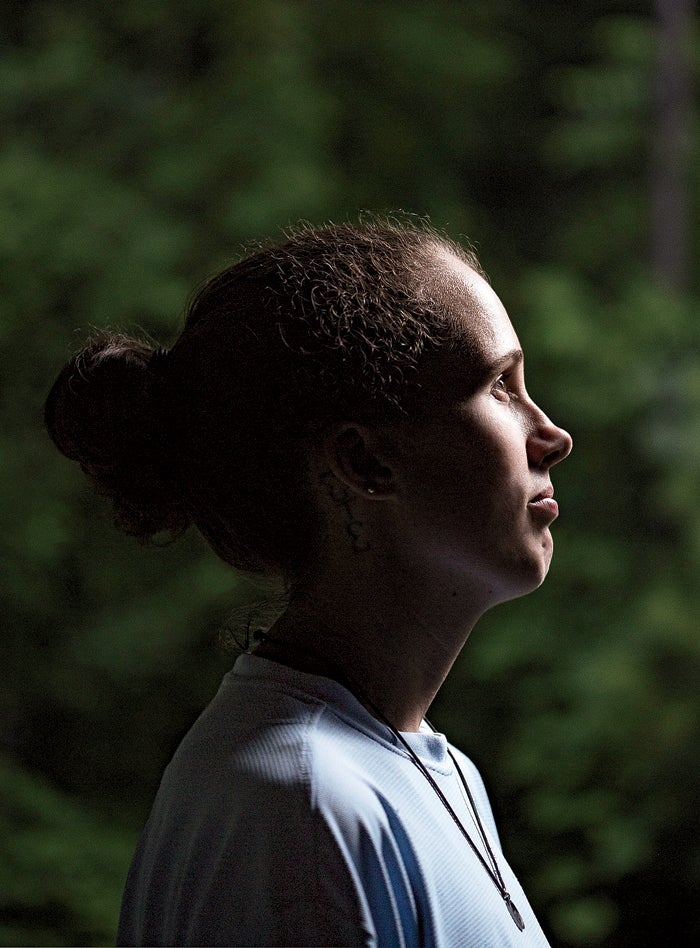

Adam Fetcher, 31; Director of global PR and communications, Patagonia
Ventura, California
I was a field organizer in Florida for the first Obama campaign, which helped me get a series of jobs in the press office for the Department of Homeland Security. In 2011, I became press secretary for the Department of the Interior, working on everything from energy issues to national parks. It was an incredible experience that gave me a lot of exposure to areas I care about. In 2012, I decided to work on the reelection campaign. I knew it would be five to six months of 24/7 work, but there was a light at the end of the tunnel.
Afterward, I went home to Minnesota and took six months to reassess what I really wanted to be doing. I linked up with some other political veterans and we launched a communications agency. Then I realized I wanted a bigger change than that.
contacted me in late 2013. They were looking for someone with a political background to help with campaigns and activism. There was a sense in the corporate world that Obama had done something special in blurring the differences between online and offline communications—that appealed to them. They brought me out here, and as soon as I stepped on campus, I knew. When they offered me the job, I said yes immediately. It’s been refreshing to put the suits in the back of the closet.
TIP: Be true. People obsess over having the right skills or fitting a certain profile. You need to be yourself. I focused on the instincts I acquired in my previous career rather than getting lost in the skills themselves. That mindset is really important for anyone looking to make a big change.
Writer and Editor to Media Mogul
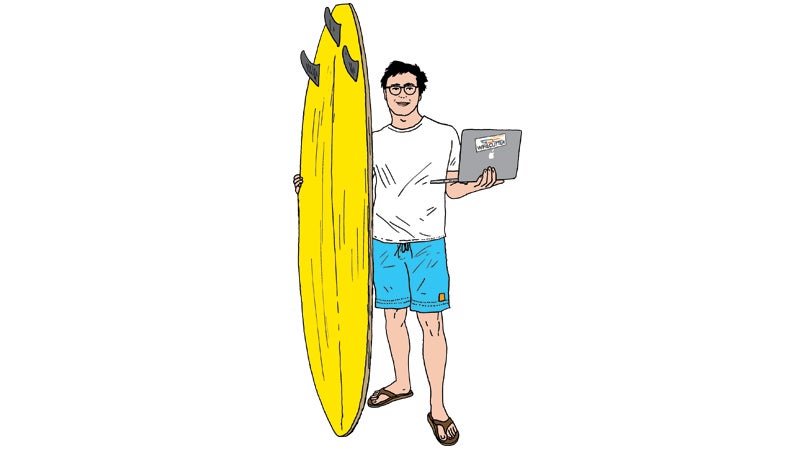
Brian Lam, 37; Founder of the
Honolulu, Hawaii
I worked for five years as the editor in chief of , a gadget site. It was an exciting, stressful life—I’d get scooped and respond by shoving ice cream sandwiches in my mouth.
I wanted to live in Hawaii, because I’d fallen in love with surfing and diving. I had this idea for a site with no news, no YouTube videos, no T&A. Just stories that could help you answer simple questions like: What camera should I get? Well, I couldn’t really fundraise for that. The model in media now is to hire as many low-level people as you can to write whatever they want and then sell ads against it. So I borrowed money from my dad, rented out my house on Airbnb, and went to Hawaii to crash on a friend’s couch and start the Wirecutter.
For the first couple of months I was super broke. Then the started to do well. Here’s how it works: If someone buys gear we recommend, we get a small kickback. If someone buys something we recommend, hates it, and returns it, we make nothing. The only thing that pays off on the site is good information.
We have a few dozen freelancers, ten full-time employees, and no office. People work wherever they are. I work out of my apartment in Honolulu. All I do is surf and work like a madman.
TIP: No hot wheels. A fancy car is the most ridiculous expense you can have. It depreciates like crazy, and you can’t live in it. I know: I had a few Audis. Then I bought a beat-up 1993 4Runner for $2,000, and it lasted for years with no problems. Toyotas from ’88 to ’95—that’s an amazing entrepreneurial secret.
Financial Officer to Filmmaker and Photographer
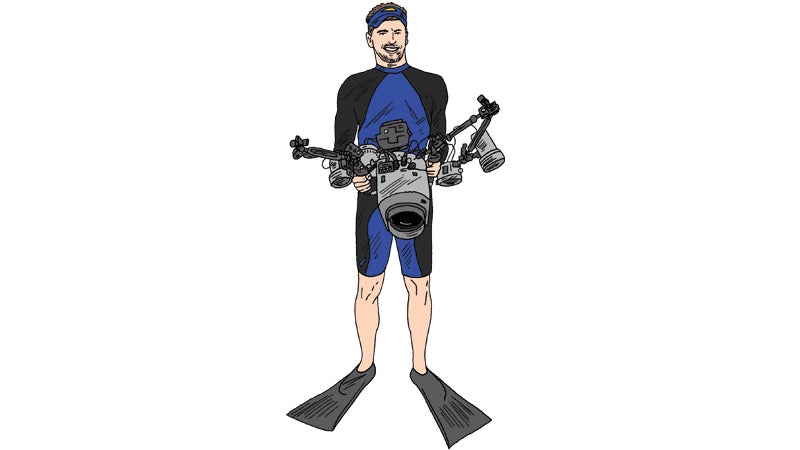
Shawn Heinrichs, 42; Founder of
Longmont, Colorado
I was the CFO of a tech company that did a lot of business in Southeast Asia, and I’d taken up diving. That was in the early 2000s.
I noticed things were disappearing—I’d return to certain places and see no sharks or rays. I shot photos and film as a hobby, and in Indonesia in 2006, in the heart of the Coral Triangle, I surfaced from a dive and saw a fishing boat in a mangrove lagoon that was full of shark fins. Strewn across the reef below were freshly finned sharks. In that moment, I knew what I had to do with my life.
I went home and studied underwater photography and filmmaking. I’d work at my day job from 8 A.M. to 7 P.M., go home, eat, and study or edit footage I’d shot on trips until 2 A.M. I got a little side work: a film project with , some photos in magazines. Eventually, I orchestrated the sale of the division of the company I was running, and that earned me enough money to live on for about nine months. I went undercover—Taiwan, Ecuador, Africa—to document the shark-fin trade. I became known for delivering hard-edged, front-line content. That resulted in a lot of work for NGOs and news organizations.
When I quit my job, my colleagues said, “You’ll be back.” They were wrong.
TIP: Seek out mentors. When I was still an amateur photographer, I joined an underwater-photography forum called . It was an excellent way to learn from people with far more experience about everything from the technical aspects of shooting to industry jargon to how to value my services.
Pilot to Fly-Fishing-Gear Maker
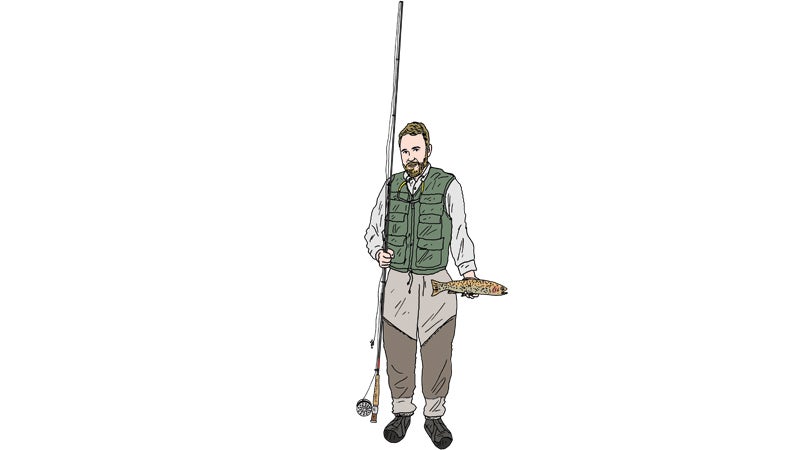
Dan Rice, 38; Owner of
Bozeman, Montana
I always loved airplanes. My undergrad degree was in math and computer science, and after college I got my pilot’s license. That was my first career. I really enjoyed it, flying all over the country. But I wanted to do something on my own.
I went back to school and got an MBA, then took a job with an aerospace firm out of Milwaukee, which was a great stepping stone. After five years, I quit and took three months to look into outdoors and aerospace companies. I have a passion for fly-fishing, and my wife and I wanted to move to Montana, so I flew out to Bozeman and started to network with people in the fishing and hunting industries. I met Matt McCune, who had started but needed help growing it. I bought it from him in 2013. The product was excellent, and the story of it being made in Montana really drew me in.
We loaned a lot of reels out to folks who could give us feedback and introduced them to others in the industry—including some key retailers. That paid off. We’ve grown ten times beyond what the brand was doing before the acquisition. For now we want to prove that our product is functional and reliable. We need to get people to trust us. Then we’ll start innovating and turn the reel business on its head.
TIP: Build your own network. In Milwaukee, I started a monthly breakfast group with a few buddies from grad school. Eventually, we started inviting speakers. We had talks on investment banking, mergers, human-resource questions. By the time I left, we’d have 50 or 60 people there. Now I have a tremendous network of people to lean on.
Media Professional to Culinary Entrepreneur

Megan Miller, 37; Founder of
San Francisco, California
A couple of years ago, I was traveling through Southeast Asia and Latin America, and I noticed a lot of people eating insects. I did some research and found that there was this whole underground movement to farm and eat insects, which are a much more sustainable protein than meat or seafood. I did some experimental baking, roasting and grinding bugs into flour. When I baked with cricket flour, I loved the results.
At the time, I was doing research and development in the U.S. for , a Swedish company that owns magazines and TV channels. I’d go into a meeting, and my colleagues would say, “This is Megan, she eats bugs!”
In the spring of 2013, the United Nations touting edible insects as a solution for food scarcity. That was it. I started working on my business plan that night. I had two full-time jobs for six months, until I took the leap and left Bonnier. Now we’ve got three employees, an intern, and a number of volunteers who are recent culinary-school graduates. We sell cricket flour and cookies on our website.
Food Network chef is investing in Bitty, and his team is helping us with product development and distribution. By the end of the year, we should be in natural-food stores around the country, and in 2015 you’ll see Bitty in mainstream retailers.
TIP: Play the sideline. I do about ten hours a week of consulting work for media companies, just enough to pay the rent. You can’t allow yourself to be distracted by a ton of freelance gigs. But a little helps, especially at the beginning.


